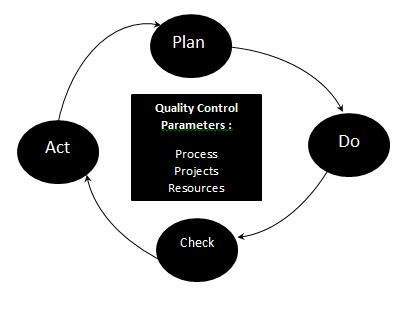SPSS:-
SPSS Statistics is a software package used for logical batched and non-batched statistical analysis. Long produced by SPSS Inc., it was acquired by IBM in 2009. The current versions (2015) are officially named IBM SPSS Statistics. Companion products in the same family are used for survey authoring and deployment (IBM SPSS Data Collection, now divested under UNICOM Intelligence), data mining (IBM SPSS Modeler), text analytics, and collaboration and deployment (batch and automated scoring services).
The software name originally stood for Statistical Package for the Social Sciences (SPSS), reflecting the original market, although the software is now popular in other fields as well, including the health sciences and marketing.
Statistics included in the base software:
- Descriptive statistics: Cross tabulation, Frequencies, Descriptives, Explore, Descriptive Ratio Statistics
- Bivariate statistics: Means, t-test, ANOVA, Correlation (bivariate, partial, distances), Nonparametric tests, Bayesian
- Prediction for numerical outcomes: Linear regression
- Prediction for identifying groups: Factor analysis, cluster analysis (two-step, K-means, hierarchical), Discriminant
- Geospatial analysis, simulation
- R extension(GUI)
